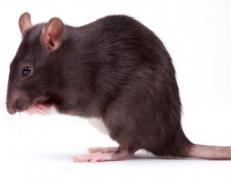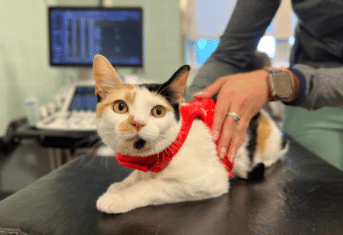NYC Rat Patrol Finds Plethora of Disease: Is Your Pet at Risk?

NYC Rat Patrol Finds Plethora of Disease: Is Your Pet at Risk?
Historians believe rats arrived in the new world as stowaways on the sailing ships of explorers like Christopher Columbus. These “colonist” rats brought diseases such a plague and typhus. A recently published study of rats in New York City “rats” on the veritable Noah’s Ark of organisms infecting these ubiquitous pests.
Scientists ratting on the rat
One hundred and thirty three NYC rats were collected for study. Samples of urine, feces and blood obtained from these rats were tested for the genetic material of bacteria, viruses and protozoa. For those organisms like E. coli, known to infect rats, humans and pets, very specific tests were performed to identify these pathogens. Several intestinal pathogens were found in the rats, in addition to E. coli, Clostridium and Salmonella.
Another concerning, but not surprising bacteria found in the rats was Leptospira. Leptospira bacteria spreads to humans and dogs through the urine of infected rats. At The Animal Medical Center, we see a couple of canine patients a year with severe, life-threatening kidney failure from Ieptospirosis.
What wasn't found
Nearly as interesting as the list of organisms that were identified, was the list of organisms not identified. One of the most deadly diseases carried by rats and having the ability to infect people and their pets is the plague. Reassuringly, not a single rat was infected with the plague causing bug, Yersinia pestis. Ditto for Listeria, a food borne illness, and Toxoplasma, a serious disease in pregnant women.
Some surprises
The Seoul hantavirus was identified in some of the study rats. This is a different version of the virus than the one carried by mice that caused the hantavirus outbreak in Yosemite National Park a couple of years ago. According to the recently published paper, the Seoul hantavirus has been identified in rats residing in other urban areas, but this is the first documented report of this virus in the Big Apple. Hantavirus appears to be a disease not spread to pets, and only to humans in rare cases.
The scientists screened the rat samples for previously unidentified viruses and found the genetic material of 18 new viral species. Most of these novel viruses are related to known viruses, but their clinical significance remains to be elucidated.
Why study rats?
Some might question why the despised rat is studied. Rat health and disease have important implications for our health and the health of our pets. In urban areas, rats live in close proximity to us, our pets and our food. According to the Centers for Disease Control, 75% of emerging diseases start in animals, so our future health and that of our pets may lie in the study of creatures like the rat.

































